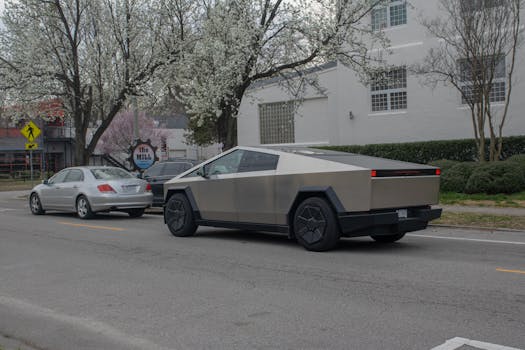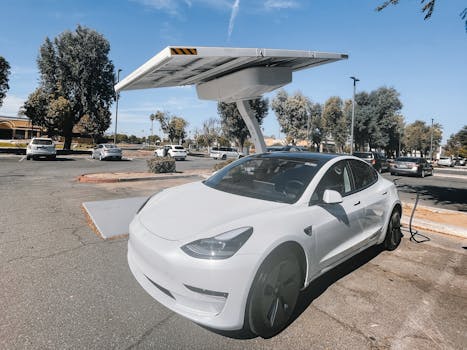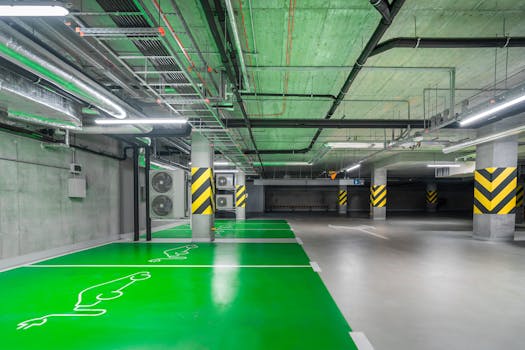
Smart Cities: Urban Trends for 2025
Smart Cities: Urban Trends for 2025 are revolutionizing the way we live and interact with our environment. As the world becomes increasingly urbanized, cities are adopting innovative technologies and sustainable practices to improve the quality of life for their citizens.
Introduction to Smart Cities

A smart city is an urban area that uses information and communication technologies (ICT) to enhance the quality of life for its citizens, improve the efficiency of services, and reduce the environmental impact. Smart cities aim to create a sustainable, livable, and resilient environment for their inhabitants.
Key Features of Smart Cities

- Smart Infrastructure: Smart cities invest in intelligent infrastructure, such as smart grids, smart transportation systems, and smart buildings, to reduce energy consumption and improve efficiency.
- IoT and Data Analytics: Smart cities leverage the Internet of Things (IoT) and data analytics to collect and analyze data from various sources, such as sensors, cameras, and social media, to make informed decisions.
- Sustainable Energy: Smart cities prioritize sustainable energy sources, such as solar, wind, and hydro power, to reduce their carbon footprint and dependence on fossil fuels.
- Green Spaces: Smart cities recognize the importance of green spaces, such as parks, gardens, and green roofs, to improve air quality, mitigate the urban heat island effect, and enhance biodiversity.
Urban Trends for 2025

In 2025, smart cities will continue to evolve and adopt new technologies and innovative practices. Some of the key urban trends for 2025 include:
- Increased Use of Artificial Intelligence: Smart cities will leverage artificial intelligence (AI) to improve public services, such as traffic management, waste management, and public safety.
- Expansion of Electric Vehicle Infrastructure: Smart cities will continue to invest in electric vehicle infrastructure, such as charging stations and battery-swapping stations, to promote sustainable transportation.
- Growing Importance of Cybersecurity: Smart cities will prioritize cybersecurity to protect their critical infrastructure and citizen data from cyber threats.
- More Emphasis on Citizen Engagement: Smart cities will focus on citizen engagement and participation in the decision-making process to ensure that the needs and concerns of citizens are addressed.
Conclusion

In conclusion, smart cities are the future of urban development, and 2025 will be a crucial year for the adoption of innovative technologies and sustainable practices. By investing in smart infrastructure, IoT and data analytics, sustainable energy, and green spaces, smart cities can create a better quality of life for their citizens and reduce their environmental impact.





